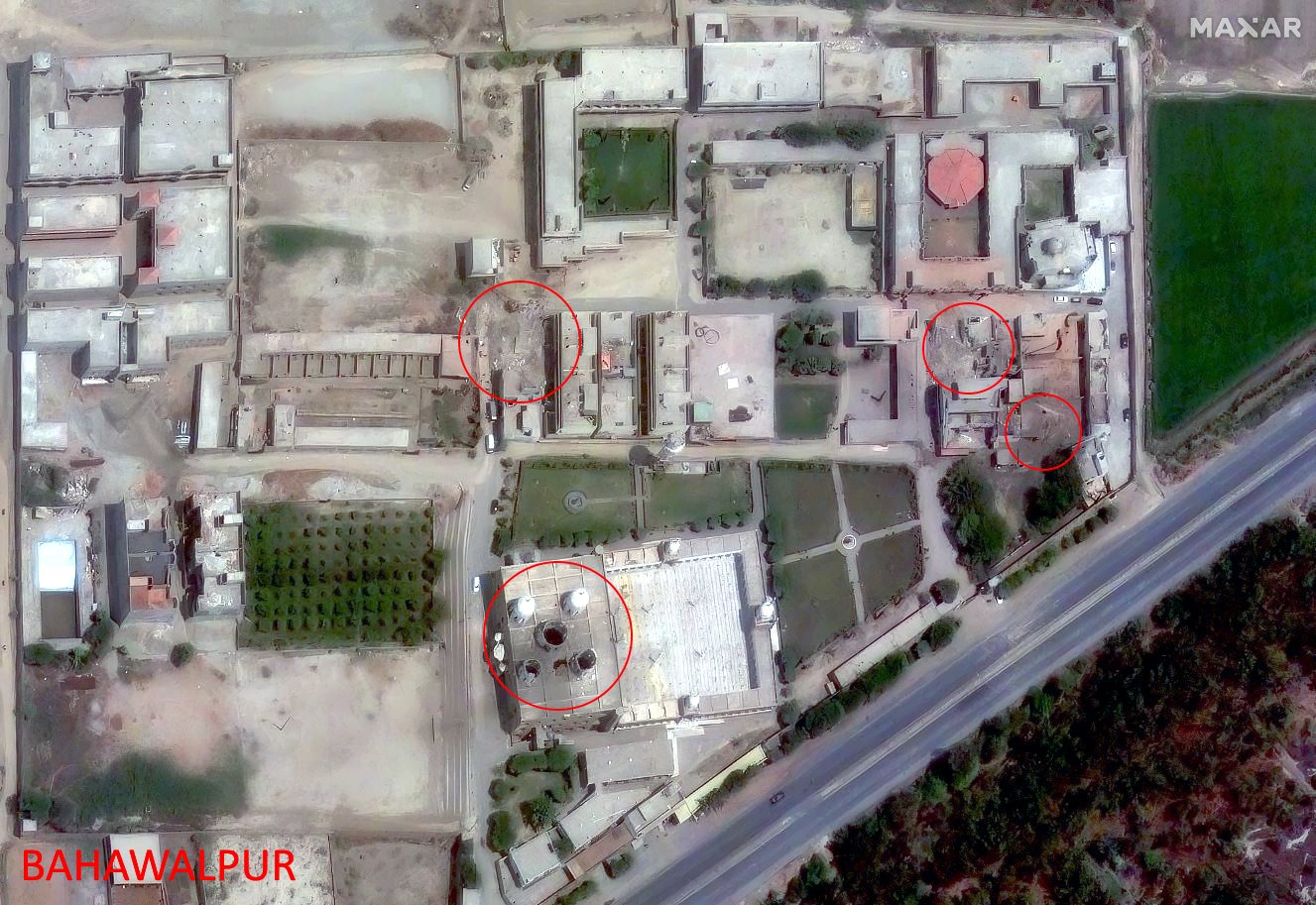Dear Express Explained reader, Undergraduate admissions to 45 central universities including Delhi University and JNU will now be based on a common entrance test as part of the new national education policy. To many parents and students, the test will bring relief from the stress of unrealistically high cutoffs for admission to universities like DU; however, there are already concerns that CUET will trigger a new coaching boom, in which high-school children's focus will be diverted from classroom studies to admission test techniques, and perhaps bring new kinds of discrimination. Sakshi Saroha answered the most common questions currently about the new system of admissions, why it has been introduced, and how it is intended to work. Some of these issues were addressed by UGC Chairman Prof M Jagadesh Kumar who visited The Indian Express newsroom this week. (An edited transcript will be published in the paper and online.) This will be a very important and relevant story in the weeks and months ahead as undergraduate admissions begin, impacting a very large number of young people around the country. Many of us believe, consciously or unconsciously, that the Covid-19 pandemic is over - if not in the sense of new infections falling to negligible levels (some countries are, in fact, seeing considerable BA.2 spikes), at least in the sense that the virus is no longer able to disrupt our lives in the way that it has done over the last two years. Some patients continue to suffer from the effects of long Covid though, a lasting reminder of how life-changing the pandemic has been at the level of individuals. Kaunain Sheriff M spoke to Dr Ambuj Roy, professor of cardiology at AIIMS New Delhi, about how Covid affects the heart in the long term. There are three other articles that I would like to flag to you this week, all explaining aspects of old issues that have reappeared in the news. As Calcutta High Court ordered the CBI to investigate the alleged revenge killings in West Bengal's Birbhum, Deeptiman Tiwary wrote about the procedure by which the central agency takes up cases in states. The government told Parliament this week that the IAS are more than 1,500 officers short of their sanctioned strength. Shyamlal Yadav explained that this has in fact, always been the case with the service - and wrote about the way its strength is decided, and why the vacancies exist. Members of the Ahir community have been agitating for a separate Ahir Regiment in the Indian Army. Man Aman Singh Chhina wrote about the genesis of the demand, and the role of the Ahirs in the Army, including the story of their heroism in the Battle of Rezang La during the 1962 war with China. Stay safe and stay aware. Keep reading The Indian Express Explained. Some of our content is now behind a paywall, so if you haven't subscribed to The Indian Express yet, this may be the perfect time to do so. Click here to subscribe. Sincerely, Monojit (monojit.majumdar@expressindia.com) If you received this newsletter as a forward, you can subscribe to it here | Do read our Explained articles here | 
No comments:
Post a Comment